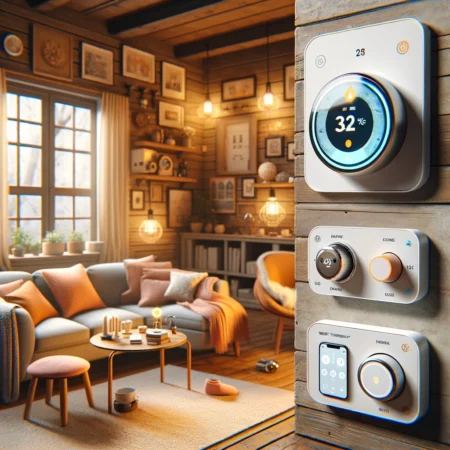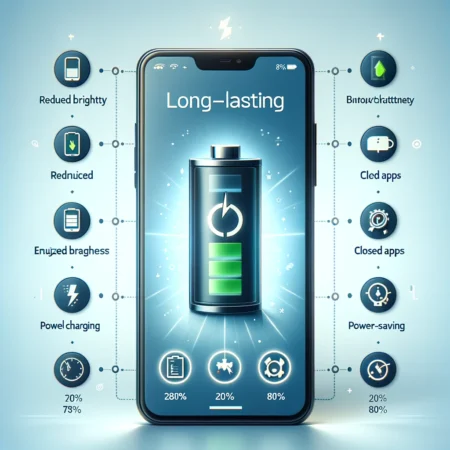In today’s tech-savvy world, even the way we control our home’s temperature is evolving. Smart thermostats and traditional thermostats are the two primary options available. While traditional thermostats have been around for decades, smart thermostats are relatively new and come packed with features aimed at convenience and energy efficiency. So, which is better? Let’s explore the differences, advantages, and disadvantages of both to help you make an informed decision.
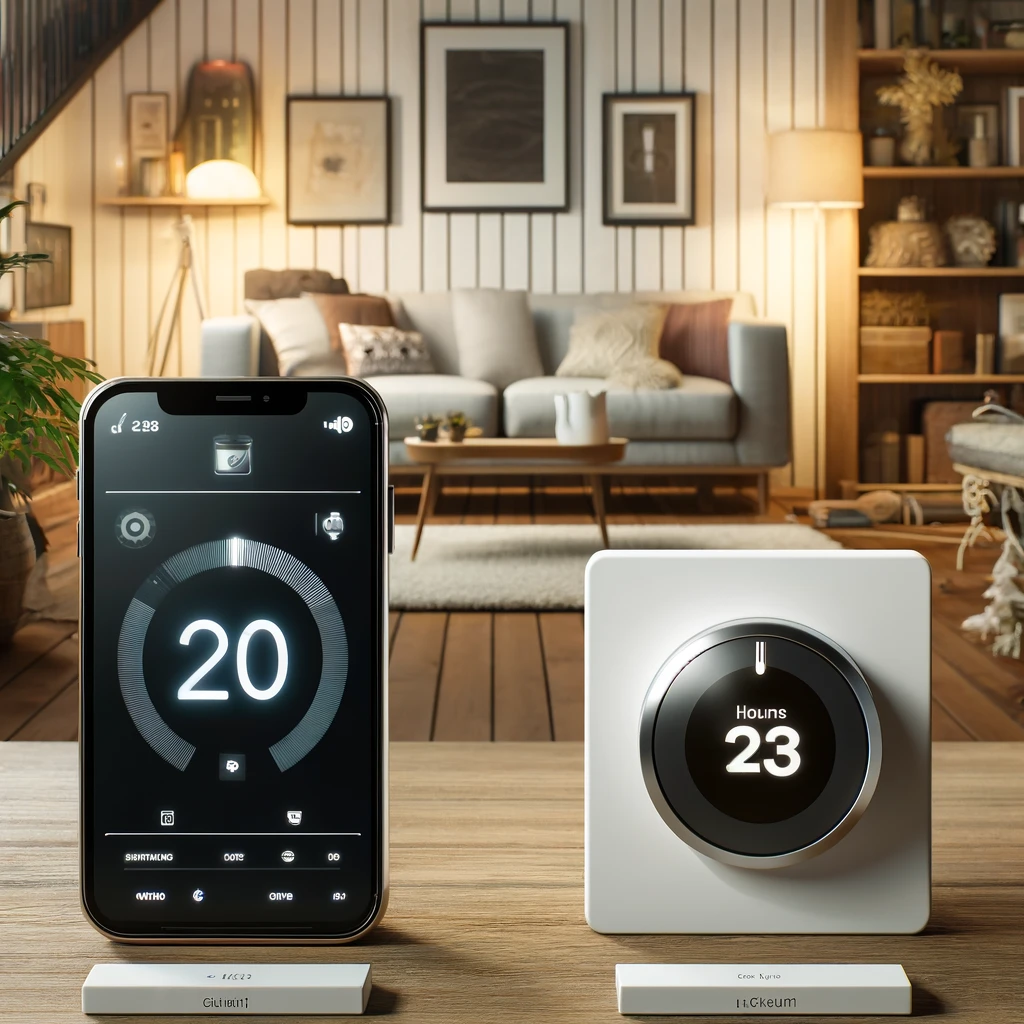
Understanding Smart Thermostats
Smart thermostats are advanced devices that utilize Wi-Fi connectivity and sophisticated algorithms to optimize home temperature control. Key features of smart thermostats include:
- Remote Accessibility: You can control your home’s temperature from anywhere using a smartphone app. This is particularly useful if you forget to adjust the thermostat before leaving home or want to return to a comfortable temperature.
- Learning Capabilities: Many smart thermostats learn your schedule and preferences over time, adjusting the temperature automatically to match your daily routine.
- Energy Efficiency: These devices often come with energy-saving modes and provide detailed reports on energy usage, helping you identify patterns and areas where you can save energy.
- Integration with Smart Home Systems: They can integrate with other smart home devices like Amazon Alexa, Google Assistant, and Apple HomeKit, allowing voice control and seamless automation.
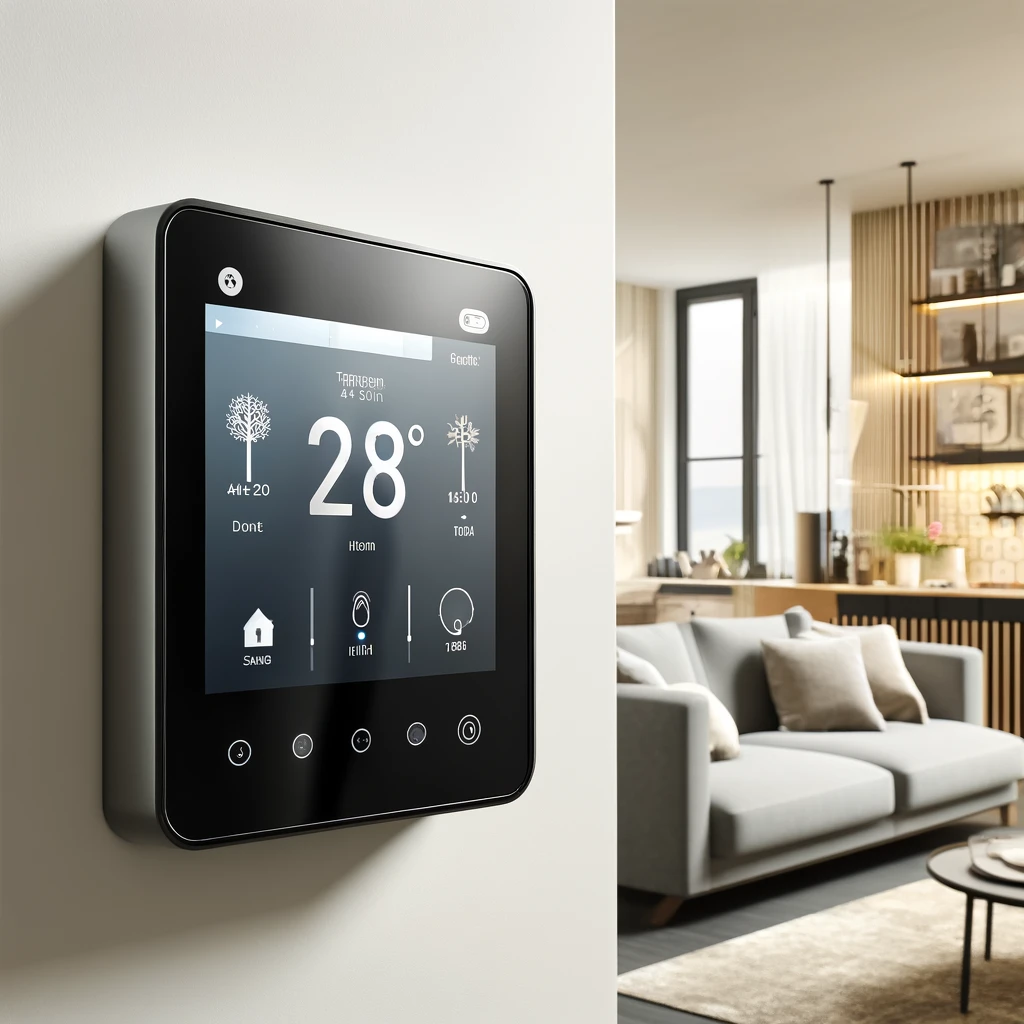
Decoding Traditional Thermostats
Traditional thermostats are more straightforward and come in two main types: manual and programmable.
- Manual Thermostats: These are the simplest form of thermostats where you manually set the temperature. They maintain the set temperature until you adjust it again.
- Programmable Thermostats: These allow you to set schedules for different times of the day and days of the week. For example, you can program it to lower the temperature when you are at work and raise it before you get home.
Pros and Cons of Smart Thermostats
Pros:
- Convenience: Control your thermostat remotely, which is perfect for busy lifestyles.
- Energy Savings: By learning your habits and adjusting temperatures accordingly, smart thermostats can significantly reduce energy consumption.
- Alerts and Maintenance: Many smart thermostats send alerts when it’s time to change filters or if they detect issues with your HVAC system.
- User-Friendly Interfaces: Often feature intuitive, touchscreen interfaces and easy-to-navigate mobile apps.
Cons:
- Cost: Higher upfront costs compared to traditional thermostats.
- Compatibility: May require professional installation to ensure compatibility with your HVAC system.
- Privacy Concerns: Collect and transmit data, which might be a concern for some users.
Pros and Cons of Traditional Thermostats
Pros:
- Cost-Effective: Generally cheaper than smart thermostats.
- Simplicity: Easier to use for those who are not tech-savvy.
- No Data Concerns: Do not collect or transmit data.
Cons:
- Limited Features: Lack the advanced features of smart thermostats such as remote control and learning capabilities.
- Manual Adjustments: Requires manual input for any temperature changes, which can be inconvenient.
- Energy Inefficiency: May result in higher energy bills due to lack of optimization features.
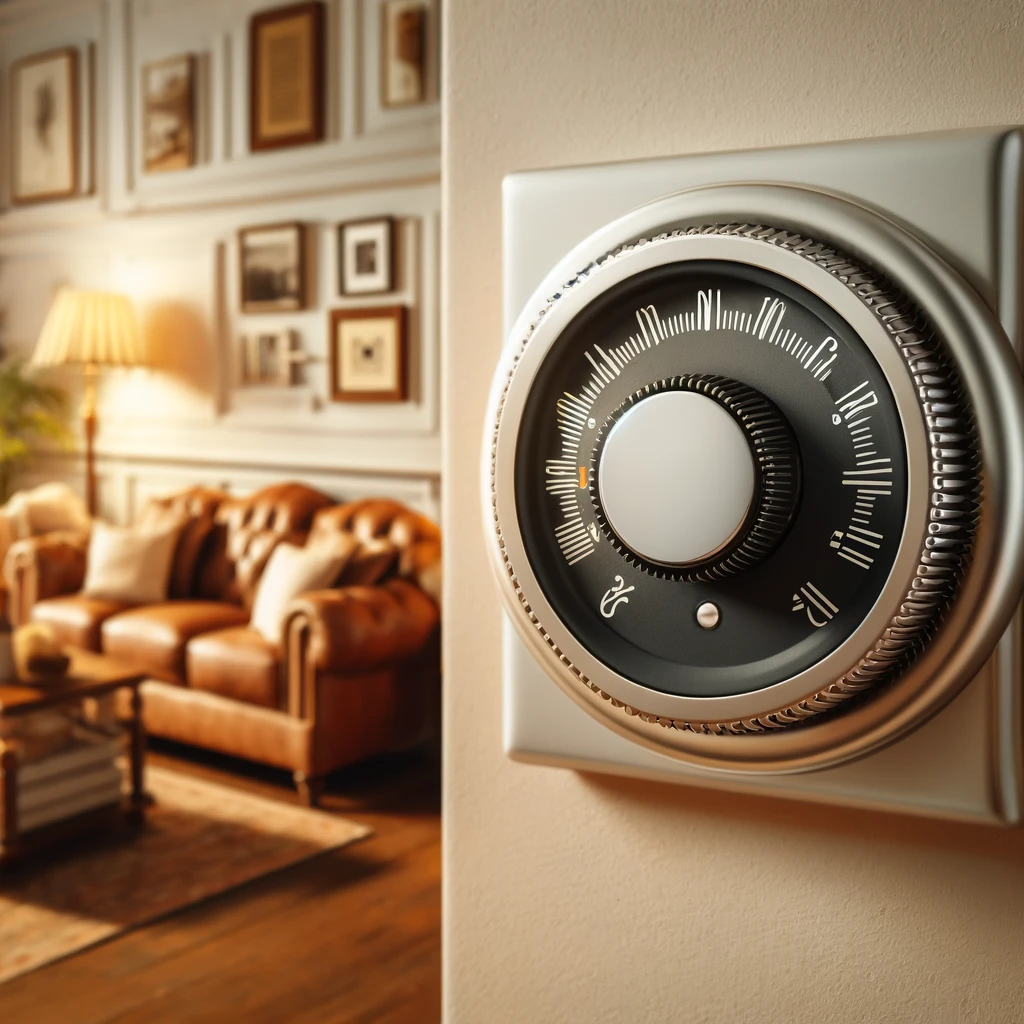
Installation and Compatibility
Smart Thermostats: Installation can be more complex. It often requires compatibility with your existing HVAC system and might need a professional to install it correctly.
Traditional Thermostats: Generally easier to install. Many can be set up without professional help, making them a good choice for those who prefer a DIY approach.
Energy Savings and Environmental Impact
Smart Thermostats: Have a significant edge in energy efficiency. By learning your schedule and adjusting the temperature accordingly, they can reduce energy usage by up to 23% annually, according to some manufacturers.
Traditional Thermostats: Programmable thermostats can save energy if used correctly, but they lack the dynamic learning and adjustment capabilities of smart thermostats. Manual thermostats offer the least energy efficiency, as they rely entirely on user intervention.
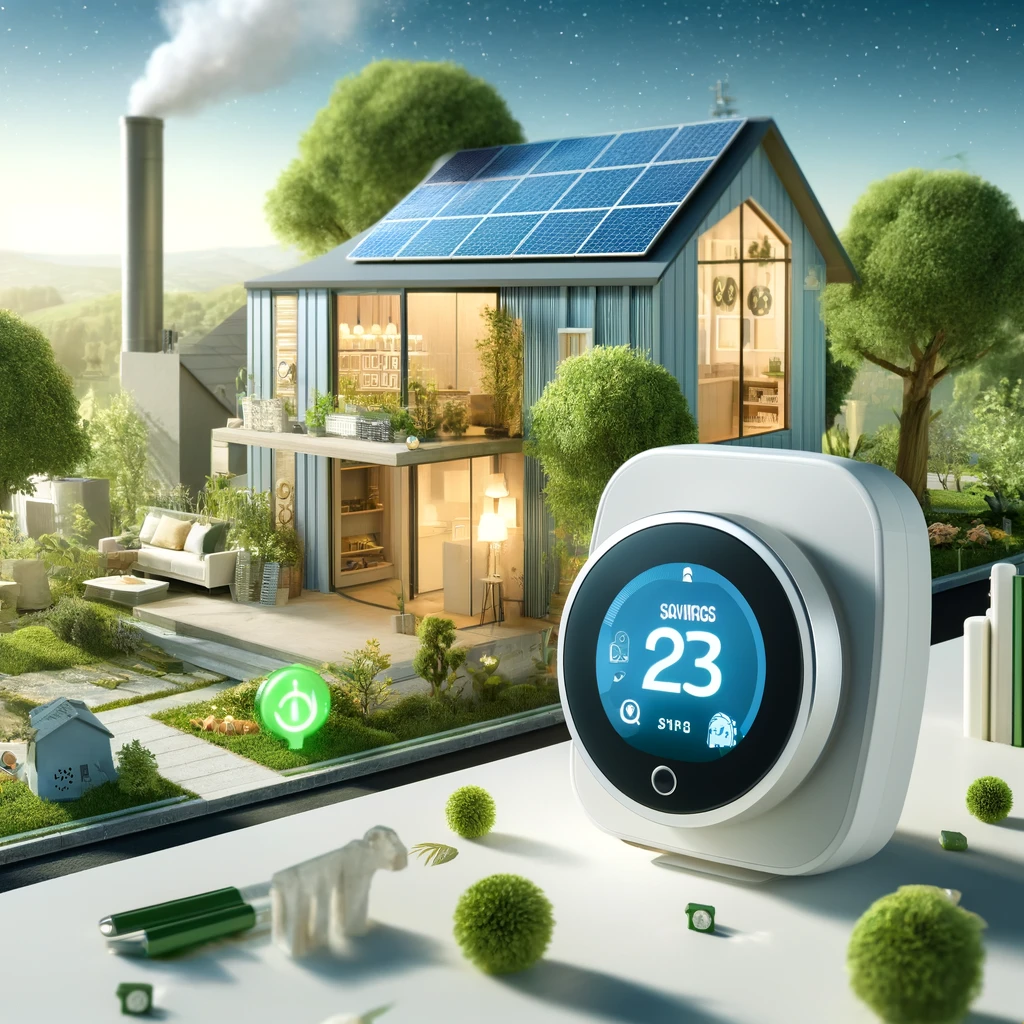
Choosing the Right Thermostat for Your Home
When deciding between a smart thermostat and a traditional one, consider the following factors:
- Lifestyle and Convenience: If you have a busy schedule or frequently forget to adjust your thermostat, a smart thermostat offers unmatched convenience. For those with a consistent routine, a programmable traditional thermostat might suffice.
- Budget: Smart thermostats come with a higher initial cost but can lead to long-term savings on energy bills. Traditional thermostats are cheaper upfront but may cost more in the long run due to higher energy consumption.
- Technological Comfort: Smart thermostats are best suited for those comfortable with technology and looking to integrate their HVAC system into a broader smart home ecosystem. Traditional thermostats are better for those who prefer simplicity and manual control.
- Energy Savings: For those focused on reducing their carbon footprint and energy bills, a smart thermostat is the clear winner. Its advanced features and learning capabilities optimize energy use effectively.
Conclusion: Which Is Better?
The choice between smart thermostats and traditional thermostats depends largely on your lifestyle, budget, and comfort with technology.
- Smart Thermostats are ideal for tech-savvy individuals who value convenience, energy efficiency, and integration with other smart home devices. They offer long-term savings and are a worthwhile investment for those looking to optimize their home’s heating and cooling system.
- Traditional Thermostats are suitable for those who prefer simplicity and lower upfront costs. They still provide a reliable way to control home temperatures but lack the advanced features and energy-saving potential of smart thermostats.
Ultimately, both types of thermostats have their place in modern homes. Assess your needs, weigh the pros and cons, and choose the one that best fits your lifestyle and home environment.
Frequently Asked Questions
What is the primary difference between smart and traditional thermostats?
Smart thermostats offer advanced features like remote control, learning capabilities, and energy usage reports. Traditional thermostats are simpler and manually controlled.
How do smart thermostats save energy?
Smart thermostats learn your schedule and adjust the temperature accordingly, reducing heating and cooling when you are not home, which lowers energy consumption and costs.
Can a smart thermostat work without Wi-Fi?
Yes, smart thermostats can still control your HVAC system without Wi-Fi, but you won’t be able to access remote features or updates until the connection is restored.
Are smart thermostats compatible with all HVAC systems?
Most smart thermostats are compatible with common HVAC systems, but some older systems may require additional wiring or adapters. It’s best to check compatibility before purchasing.
Do smart thermostats increase home value?
Yes, smart thermostats can add value to your home by enhancing energy efficiency and providing advanced control features that appeal to tech-savvy buyers.
How difficult is it to install a smart thermostat?
Installation can vary in difficulty. Some models are designed for easy DIY installation, while others might require professional help, especially if additional wiring is needed.
What happens if my smart thermostat malfunctions?
If a smart thermostat malfunctions, it typically defaults to a basic mode that continues to control your HVAC system. For major issues, contacting customer support or a professional is recommended.
Can a smart thermostat be controlled via voice commands?
Yes, many smart thermostats are compatible with voice assistants like Amazon Alexa, Google Assistant, and Apple HomeKit, allowing you to control them using voice commands.
Is it worth upgrading to a smart thermostat if I am already energy-conscious?
Even if you are diligent about managing your energy use, a smart thermostat can optimize your settings further and offer convenience through remote control and automation features.
What are the potential drawbacks of using a smart thermostat?
The main drawbacks include higher upfront costs, the need for a reliable Wi-Fi connection for full functionality, and potential compatibility issues with older HVAC systems. Additionally, some users may have privacy concerns due to data collection.


